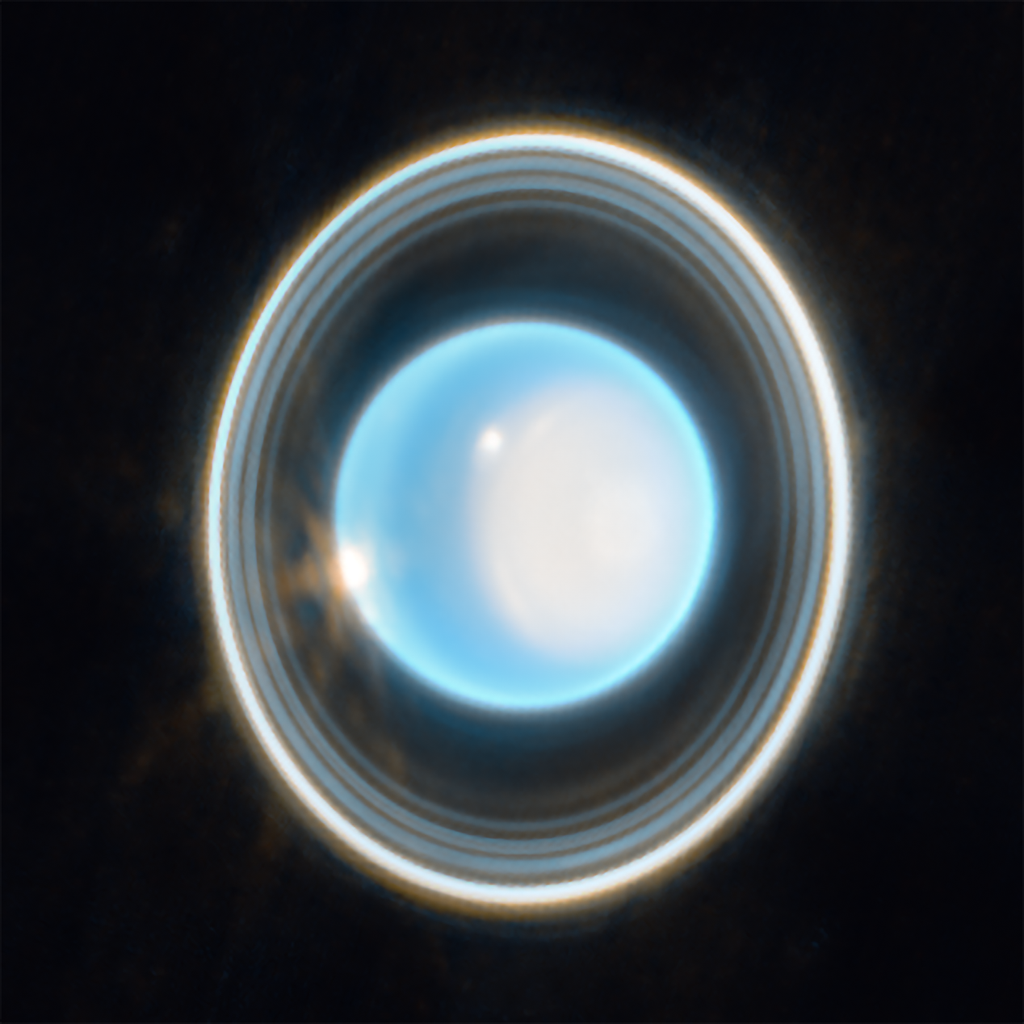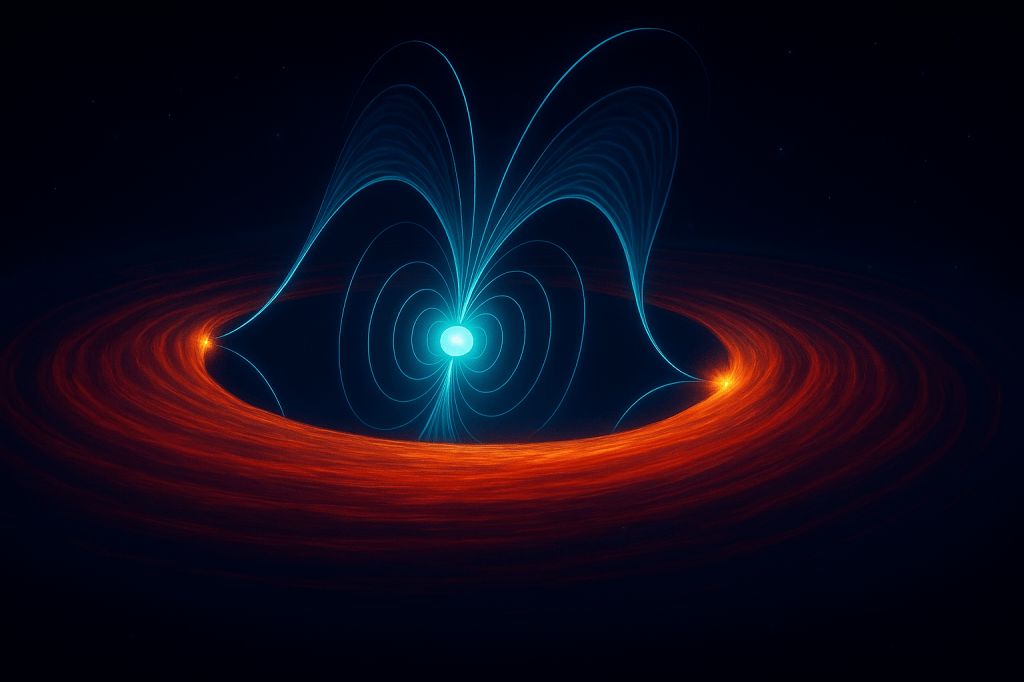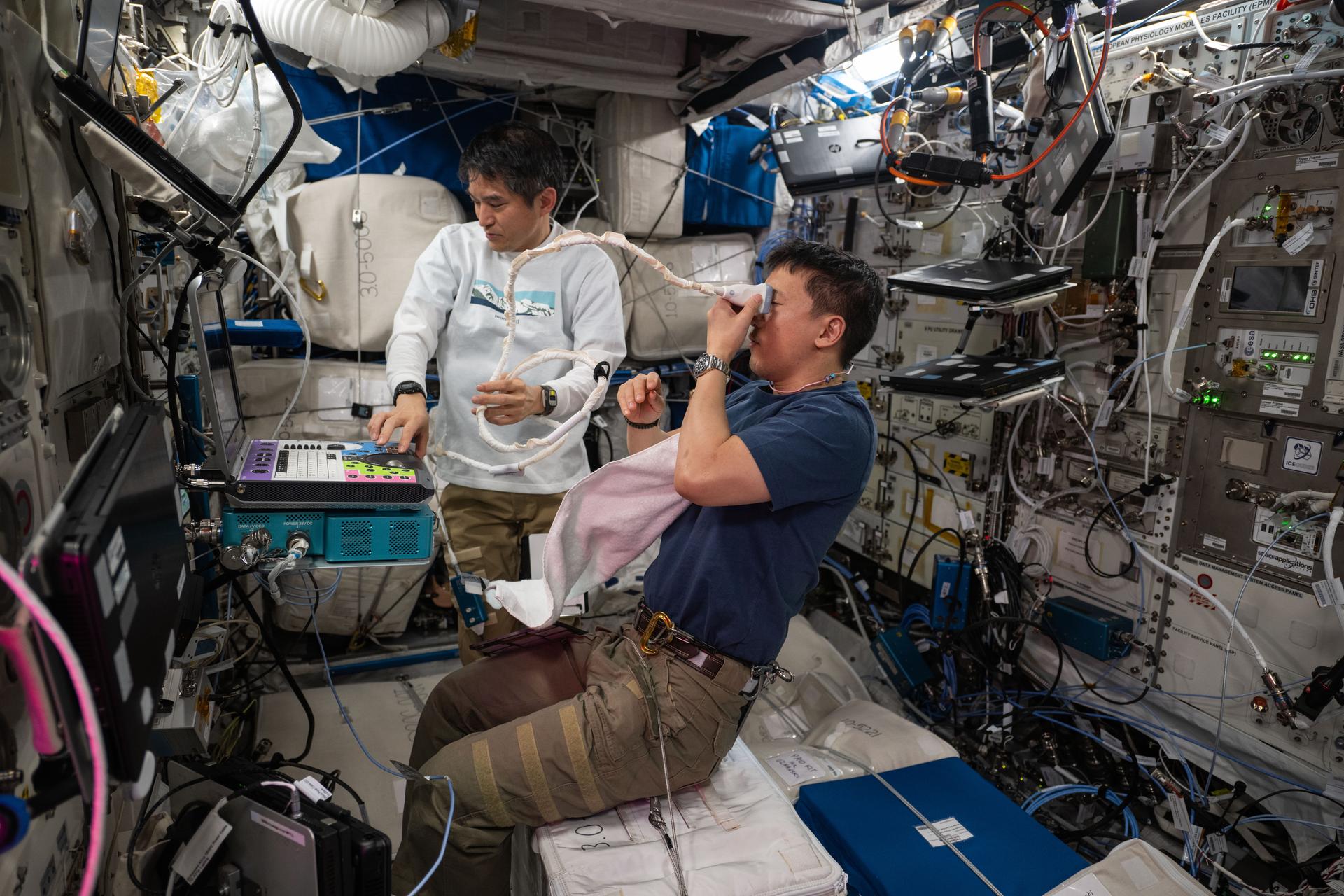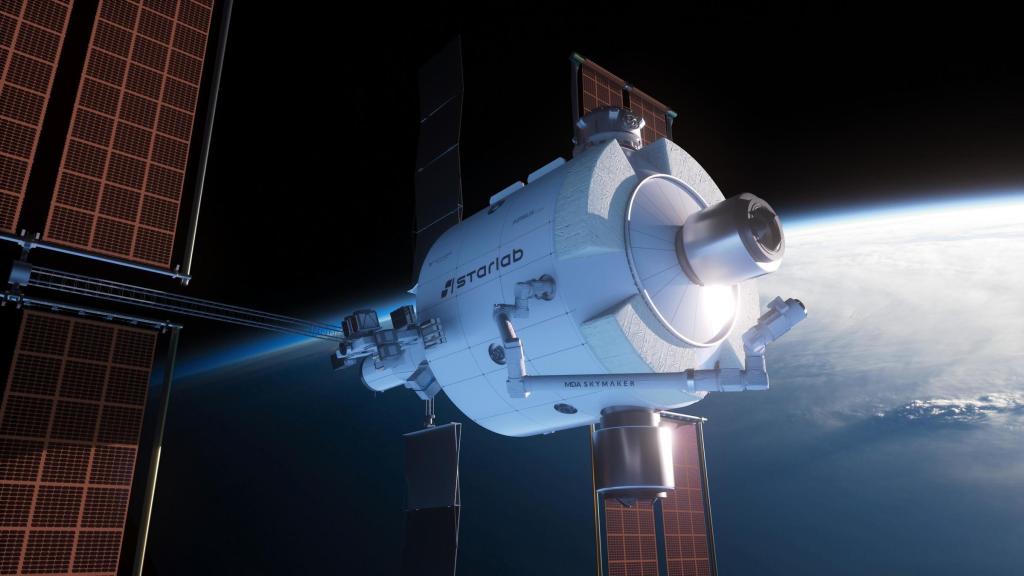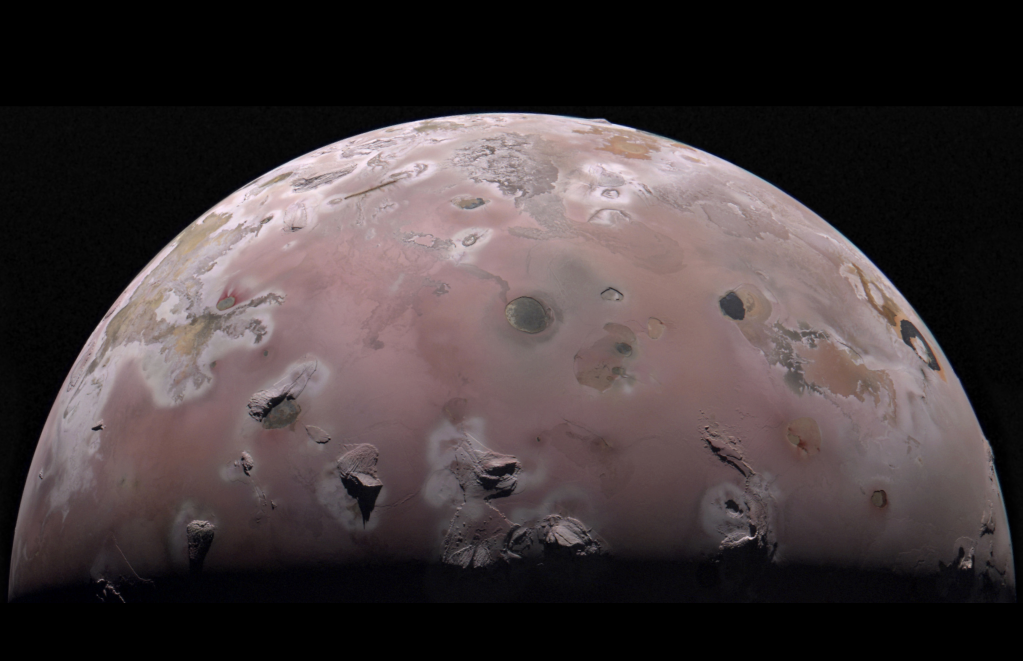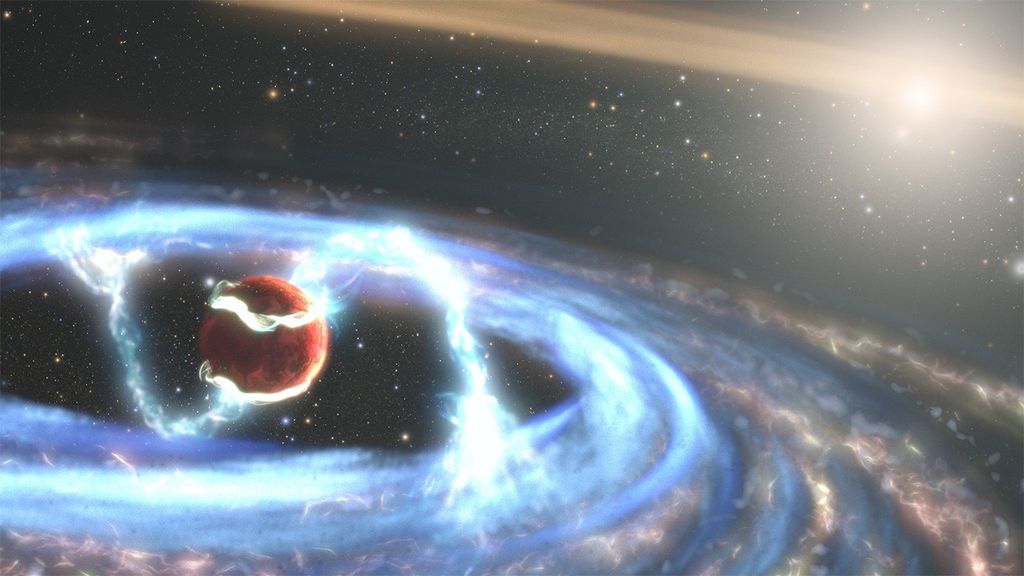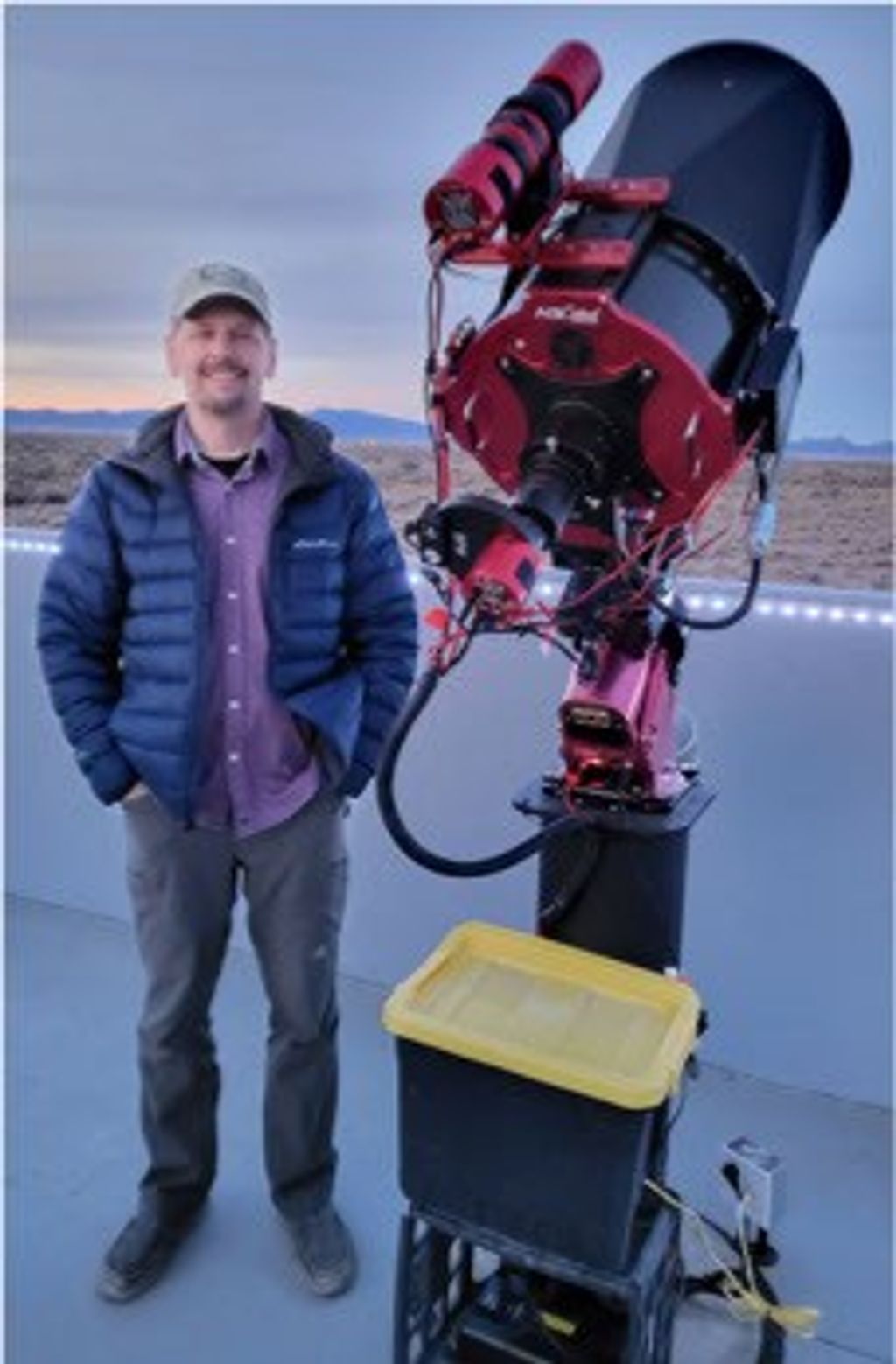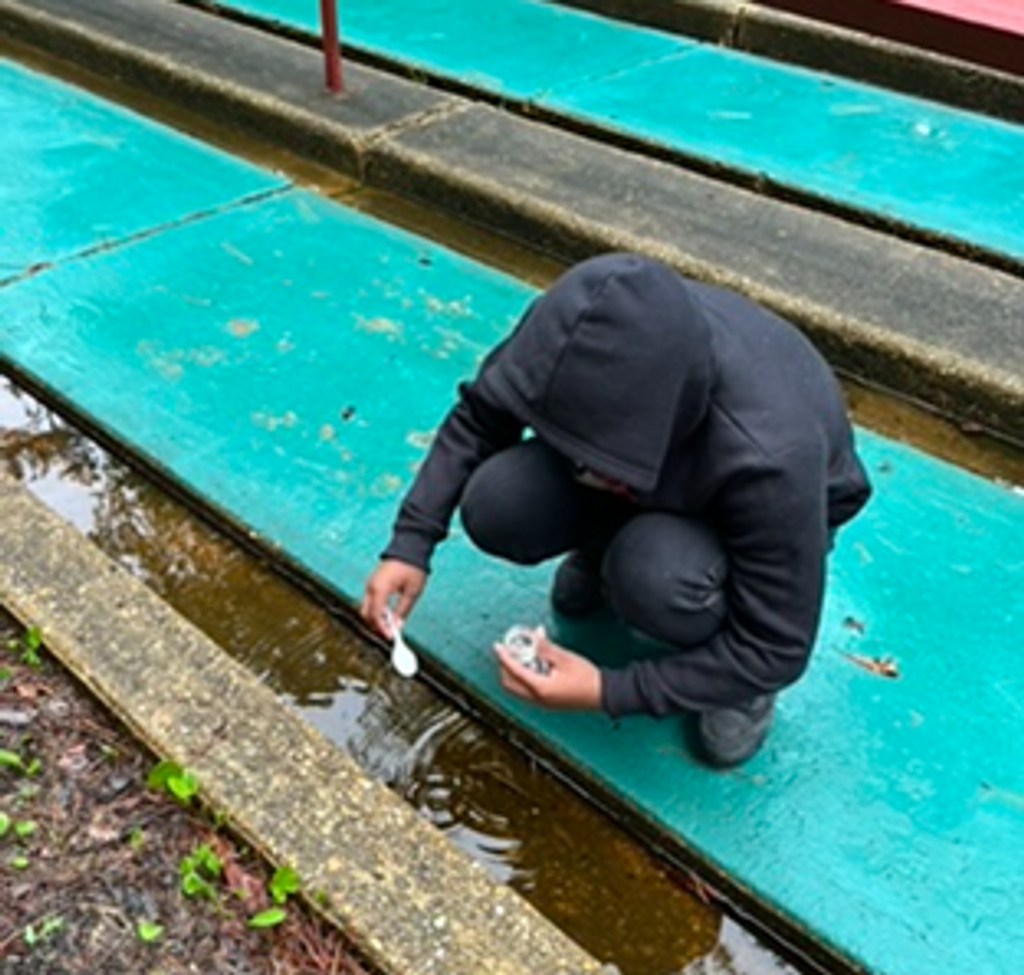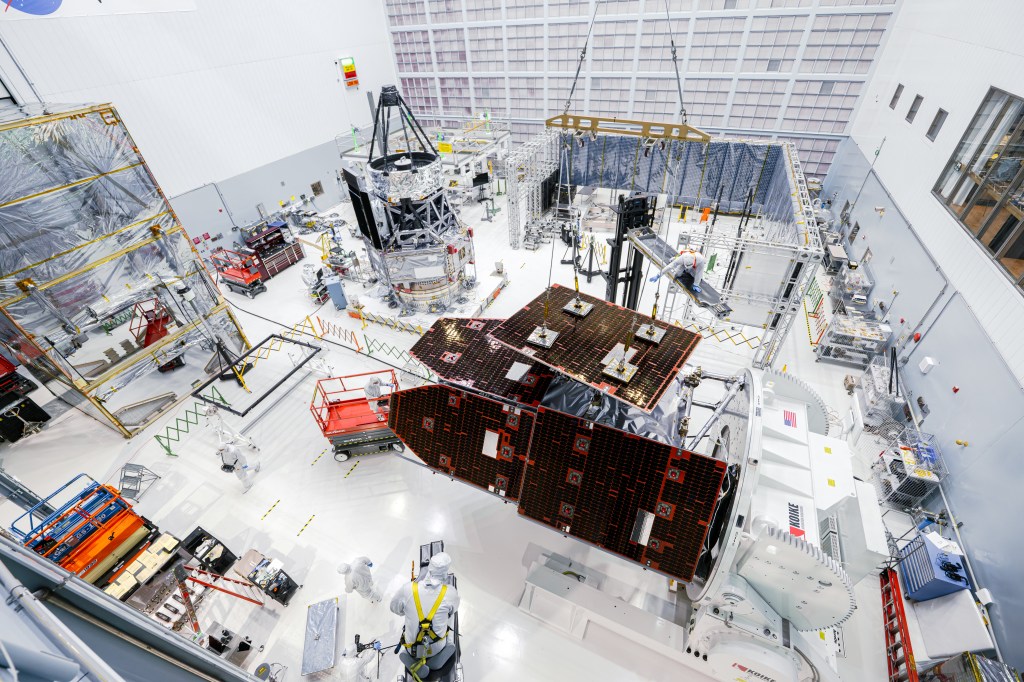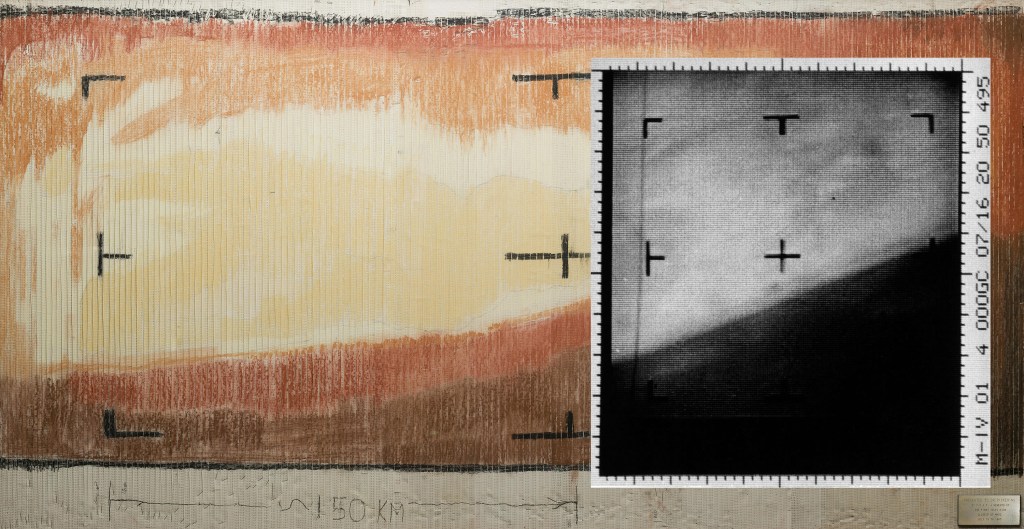1 min read
Hubble Survey Finds Two Kuiper Belt Objects to Support New Horizons Mission
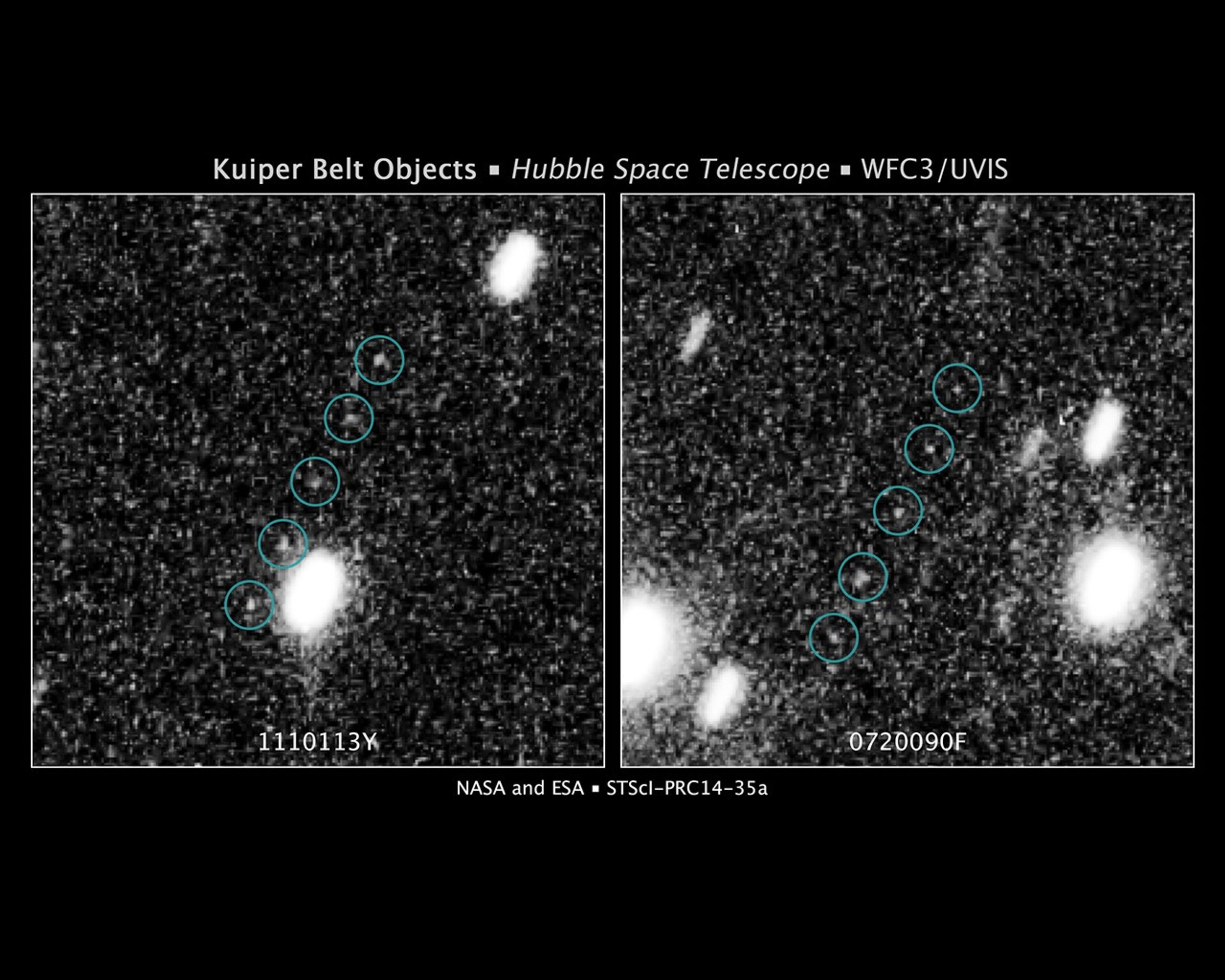
These images are from a Hubble Space Telescope survey to find Kuiper Belt objects (KBOs) in support of NASA's New Horizons mission to Pluto. The Kuiper Belt is a debris field of icy bodies left over from the solar system's formation 4.6 billion years ago.
Once the New Horizons craft flies by Pluto in mid-2015, the team's goal is to get NASA's approval to retarget the probe to fly by a KBO, which might only measure 20 miles across.
To test the feasibility of finding New Horizons targets with Hubble, a set of pilot Hubble observations were executed in June 2014. After a swift and intensive data analysis of approximately 200 Hubble images, the New Horizons team met the pilot program criterion of finding a minimum of two KBOs.
Multiple exposures taken with Hubble tracked the KBOs moving against the background field of stars in the summer constellation Sagittarius.
The image at left shows a KBO at an estimated distance of approximately 4 billion miles from Earth. Its position noticeably shifts between exposures taken approximately 10 minutes apart. The image at right shows a second KBO at roughly a similar distance.
The positions of these newly discovered objects are not consistent with any KBOs discovered previously. In reality, they are too faint to have been seen with ground-based telescopes (magnitudes 26.8 and 27.3, respectively).
It will be many weeks before the team can establish whether either of these pilot-program KBOs is a suitable target for New Horizons to visit, but their discovery provides sufficient evidence that a wider search to be executed with Hubble will find an optimum object.
About the Object
- DistanceDistanceThe physical distance from Earth to the astronomical object. Distances within our solar system are usually measured in Astronomical Units (AU). Distances between stars are usually measured in light-years. Interstellar distances can also be measured in parsecs.These objects are roughly 4 billion miles from Earth at the time of observation.
About the Data
- Data DescriptionData DescriptionProposal: A description of the observations, their scientific justification, and the links to the data available in the science archive.
Science Team: The astronomers who planned the observations and analyzed the data. "PI" refers to the Principal Investigator.The image was created from Hubble data from the following proposals: 13633 and 9583 J. Spencer (Southwest Research Institute), H. Weaver (JHU/APL), M. Buie (Southwest Research Institute), M. Showalter (SETI Institute), D. Borncamp (STScI), C. Fuentes (Northern Arizona University), A. Stern (Southwest Research Institute), J. Kavelaars (National Research Council of Canada), M. Belton (NOAO), and J.-M. Petit (CNRS, Observatoire de Besancon). - InstrumentInstrumentThe science instrument used to produce the data.HST>WFC3/UVIS
- Exposure DatesExposure DatesThe date(s) that the telescope made its observations and the total exposure time.June 24, 2014, Exposure Time: 31 minutes (5 x 370 seconds) per object
- FiltersFiltersThe camera filters that were used in the science observations.F350LP (long pass)
- Object NameObject NameA name or catalog number that astronomers use to identify an astronomical object.1110113Y and 0720090F
- Object DescriptionObject DescriptionThe type of astronomical object.Kuiper Belt Objects
- Release DateJuly 1, 2014
- Science ReleaseHubble to Proceed with Full Search for New Horizons Targets
- Credit
Share
Details
Claire Andreoli
NASA’s Goddard Space Flight Center
Greenbelt, Maryland
claire.andreoli@nasa.gov


